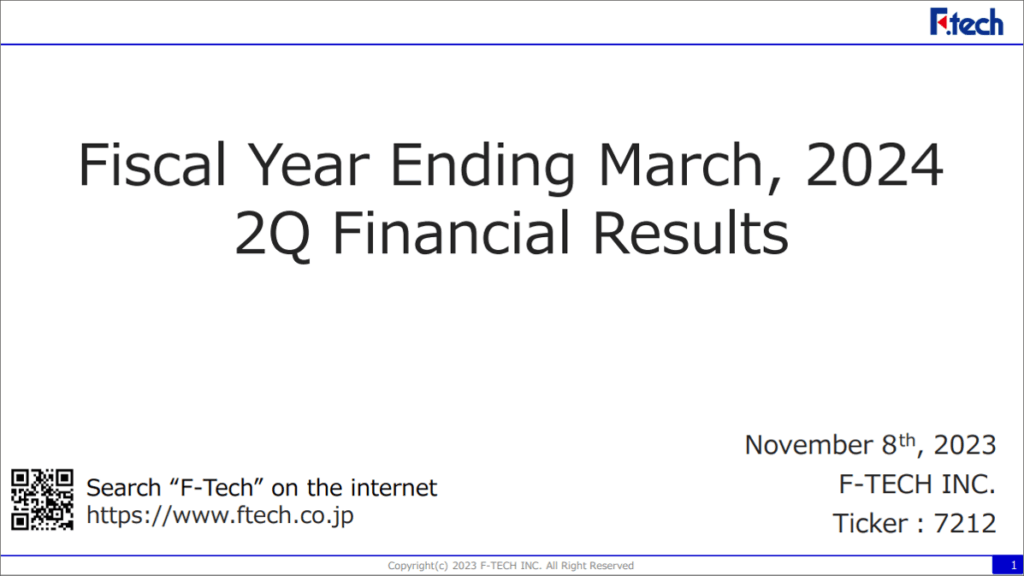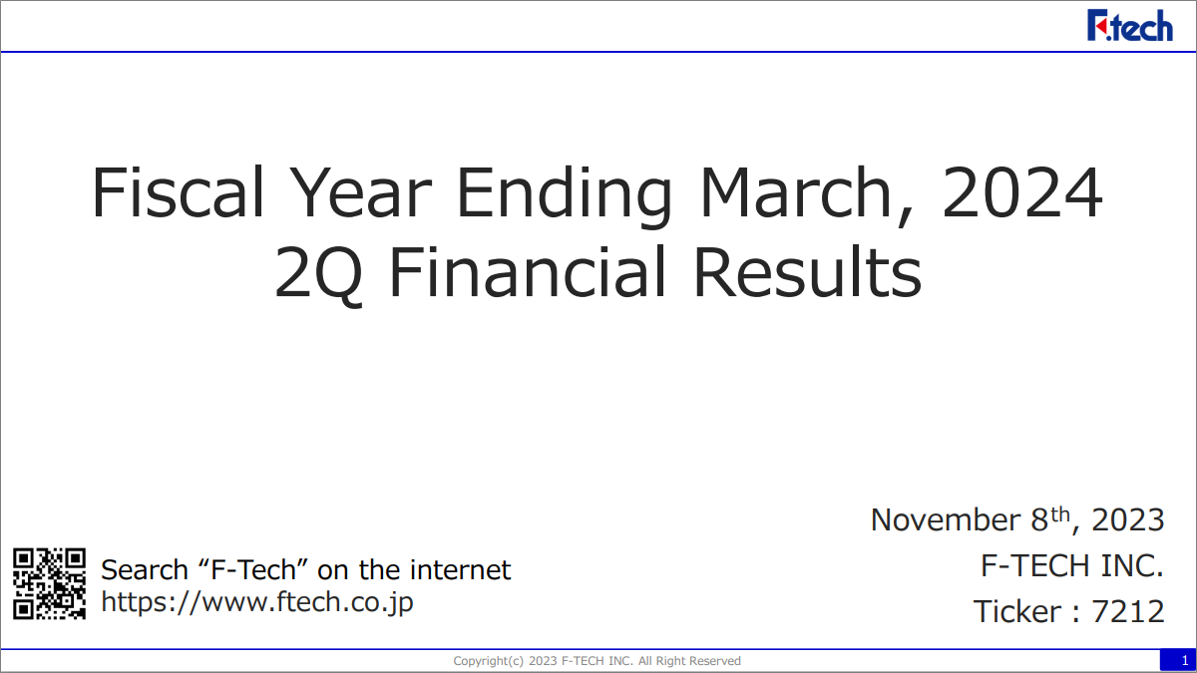
Navigating the Fiscal Quarters 2025: A Comprehensive Guide for Businesses
As businesses gear up for the future, understanding the nuances of fiscal quarters 2025 becomes paramount. A fiscal quarter, a three-month period within a company’s fiscal year, serves as a critical benchmark for financial performance, strategic planning, and investor reporting. This guide provides a detailed overview of what businesses need to know to effectively navigate the fiscal quarters 2025, covering key dates, strategic considerations, and best practices for financial management.
Understanding Fiscal Years and Quarters
Before diving into the specifics of fiscal quarters 2025, it’s crucial to understand the concept of a fiscal year. A fiscal year is a 12-month period that a company uses for accounting and financial reporting purposes. While many companies align their fiscal year with the calendar year (January 1 to December 31), others choose a different starting point based on their industry, business cycle, or historical practices. Regardless of the starting date, the fiscal year is always divided into four fiscal quarters.
Each fiscal quarter represents a distinct reporting period, allowing businesses to track their progress, identify trends, and make necessary adjustments to their strategies. Understanding the specific dates for each quarter is essential for accurate planning and reporting. The fiscal quarters 2025 will follow the same structure as previous years, but it’s vital to confirm the specific dates based on your company’s fiscal year.
Key Dates for Fiscal Quarters 2025
The exact dates for fiscal quarters 2025 depend on the company’s fiscal year. However, here’s a general guideline for companies following the calendar year:
- Q1 2025: January 1, 2025 – March 31, 2025
- Q2 2025: April 1, 2025 – June 30, 2025
- Q3 2025: July 1, 2025 – September 30, 2025
- Q4 2025: October 1, 2025 – December 31, 2025
For companies with a fiscal year that doesn’t align with the calendar year, adjust these dates accordingly. For example, a company with a fiscal year starting on October 1 would have their Q1 2025 run from October 1, 2024 to December 31, 2024. Always verify these dates with your accounting department to ensure accuracy.
Strategic Planning Around Fiscal Quarters 2025
Effective strategic planning requires a deep understanding of how fiscal quarters impact business operations. Here are some key considerations:
Budgeting and Forecasting
Each fiscal quarter should have a corresponding budget and forecast. This allows businesses to track their financial performance against predetermined targets and identify potential areas of concern. Accurate forecasting is crucial for making informed decisions about resource allocation, investment, and staffing. Regular monitoring and adjustments to the budget based on actual performance can help optimize financial outcomes throughout the fiscal quarters 2025.
Sales and Marketing Strategies
Sales and marketing strategies should be aligned with the fiscal quarters. For example, a company might launch a new product or promotion at the beginning of a quarter to maximize its impact on sales. Understanding seasonal trends and consumer behavior within each quarter is also essential for optimizing marketing campaigns. Consider analyzing historical data to identify patterns and predict future performance within each of the fiscal quarters 2025.
Operational Efficiency
Operational efficiency is critical for maximizing profitability in each fiscal quarter. Streamlining processes, reducing waste, and improving productivity can all contribute to a stronger bottom line. Regular assessments of operational performance can help identify areas for improvement and ensure that resources are being used effectively. Implementing technology solutions and automation can also enhance efficiency and reduce operational costs across all fiscal quarters.
Resource Allocation
Effective resource allocation is crucial for achieving strategic goals within each fiscal quarter. This includes allocating financial resources, human capital, and other assets to the areas that will generate the greatest return. Prioritizing projects and initiatives that align with the company’s overall strategic objectives is essential for maximizing the impact of resource allocation. Regular monitoring of resource utilization can help ensure that resources are being used effectively and efficiently throughout the fiscal quarters 2025. [See also: Strategic Resource Management]
Financial Reporting and Compliance
Accurate and timely financial reporting is essential for maintaining investor confidence and complying with regulatory requirements. Each fiscal quarter requires the preparation of financial statements, including the income statement, balance sheet, and cash flow statement. These statements provide a snapshot of the company’s financial performance and position at the end of the quarter. Compliance with accounting standards and regulations is also critical for ensuring the accuracy and reliability of financial reports.
Key Performance Indicators (KPIs)
Monitoring key performance indicators (KPIs) is essential for tracking progress and identifying areas for improvement in each fiscal quarter. KPIs can include metrics such as revenue growth, profit margin, customer acquisition cost, and customer retention rate. Regularly tracking and analyzing these KPIs can provide valuable insights into the company’s financial performance and help identify potential risks or opportunities. Using data analytics tools can help visualize and interpret KPI data, making it easier to identify trends and make informed decisions across the fiscal quarters 2025. [See also: Understanding Key Performance Indicators]
Auditing and Assurance
Regular audits and assurance engagements can help ensure the accuracy and reliability of financial information. Internal audits can identify weaknesses in internal controls and provide recommendations for improvement. External audits provide an independent assessment of the company’s financial statements, providing assurance to investors and other stakeholders. Conducting audits on a regular basis can help prevent errors and fraud, and ensure that financial reports are accurate and reliable throughout the fiscal quarters 2025.
Best Practices for Managing Fiscal Quarters 2025
To effectively manage fiscal quarters 2025, consider implementing the following best practices:
- Establish Clear Goals and Objectives: Define specific, measurable, achievable, relevant, and time-bound (SMART) goals for each quarter.
- Develop Detailed Budgets and Forecasts: Create comprehensive budgets and forecasts that align with the company’s strategic objectives.
- Monitor Performance Regularly: Track key performance indicators (KPIs) and monitor progress against budget and forecast targets.
- Communicate Effectively: Maintain open communication channels between departments and stakeholders to ensure everyone is aligned.
- Adapt to Change: Be prepared to adjust strategies and plans based on changing market conditions and business needs.
- Leverage Technology: Utilize technology solutions to automate processes, improve efficiency, and enhance decision-making.
- Conduct Regular Reviews: Conduct regular reviews of financial performance and operational efficiency to identify areas for improvement.
- Ensure Compliance: Stay up-to-date with accounting standards and regulations to ensure compliance and avoid penalties.
The Role of Technology in Managing Fiscal Quarters 2025
Technology plays a crucial role in managing fiscal quarters 2025 effectively. Enterprise Resource Planning (ERP) systems, financial planning and analysis (FP&A) software, and business intelligence (BI) tools can help automate processes, improve accuracy, and enhance decision-making. These technologies can provide real-time visibility into financial performance, enabling businesses to make timely adjustments to their strategies. Data analytics and visualization tools can also help identify trends and patterns, providing valuable insights into the company’s financial performance across all fiscal quarters. [See also: The Impact of Technology on Financial Management]
Looking Ahead: Preparing for Fiscal Quarters Beyond 2025
While focusing on fiscal quarters 2025 is essential, businesses should also plan for the future. Continuously monitoring market trends, technological advancements, and regulatory changes can help anticipate future challenges and opportunities. Investing in research and development, innovation, and employee training can also help ensure long-term competitiveness and success. By proactively planning for the future, businesses can position themselves for continued growth and profitability in the years to come. Understanding the implications of economic forecasts on future fiscal quarters is also paramount.
Conclusion
Effectively navigating the fiscal quarters 2025 requires a combination of strategic planning, financial discipline, and operational efficiency. By understanding the key dates, developing detailed budgets and forecasts, monitoring performance regularly, and leveraging technology, businesses can maximize their financial performance and achieve their strategic goals. As the business landscape continues to evolve, adapting to change and proactively planning for the future will be essential for long-term success. By following these guidelines, businesses can confidently navigate the fiscal quarters 2025 and beyond, driving sustainable growth and profitability.

